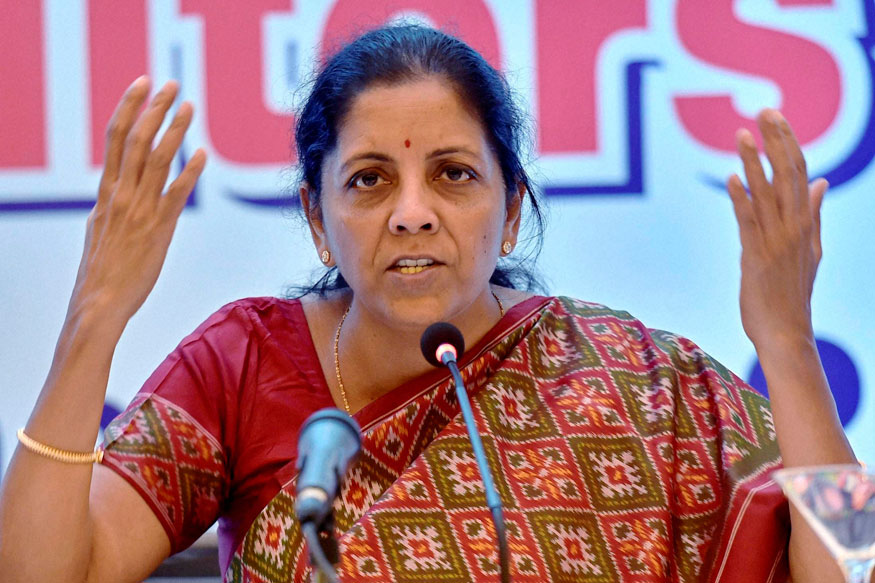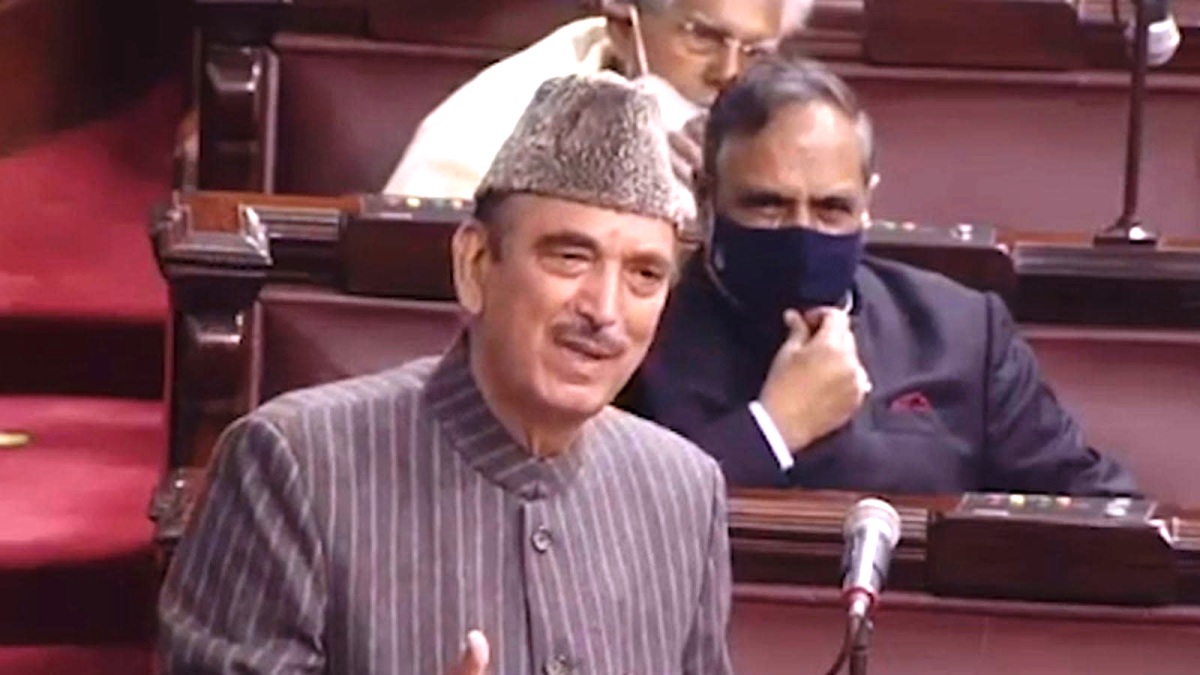By Mian Abdul Qayoom

The Indus Water Treaty (IWT) is a water sharing arrangement, which was signed in Karachi on 19/09/1960, by the Indian Prime Minster Jawaharlal Nehru and the then Pakistan President General Ayub Khan.
The World Bank (erstwhile international bank for reconstruction and development) is a signatory to the said treaty, as a third party.
The Indus system of rivers comprises of three western rivers viz Indus, Jhelum and Chenab and three eastern rivers viz Sutlej, Beas and Ravi.
With a minor exception, the treaty gives India exclusive use of all the waters of eastern rivers and their tributaries, before these waters enter Pakistan.
Similarly, Pakistan has exclusive use of western rivers and it has also received one-time financial compensation for the loss of water from the eastern rivers.
The waters of Indus basin begin in the Himalayan Mountains in the region under China. The river flows from the hills through the arid and dry states of Punjab and Sindh, converging in Pakistan and empties in Arabian Sea, south of Karachi.
The partition of the Indian sub-continent created a conflict over the waters of Indus basin. The newly formed two dominions were at odds, over how to share and manage, what was essentially a cohesive and unitary network of irrigation. The geography was, however, such that the source rivers of Indus River were in J&K. Some water was also coming from China as well. Pakistan felt its livelihood threatened by the prospect of Indian control over the tributaries that feed water into the Pakistan portion of the basin.
During the first years of partition the water of the Indus was apportioned by inter-dominion accord of 04/05/1948, which required India to release sufficient waters to Pakistani regions of the basin in return for annual payments from the Government of Pakistan.
The accord was, however, meant to meet the immediate requirements and was to follow by negotiations for a more permanent solution.
 Pakistan always wanted that the water be allowed to run its own course without being hindered. India, however, wanted otherwise.
Pakistan always wanted that the water be allowed to run its own course without being hindered. India, however, wanted otherwise.
The negotiations between the two countries, however, reached a stalemate, as no side was willing to compromise their respective positions. Pakistan wanted to take the matter to the International court of Justice but India didn’t agree, stating that the conflict should be settled amicably.
By 1951, the two sides were no longer meeting and the situation seemed intractable. There was total deadlock and an atmosphere of hostility was visible. It was around this time that one David Lilienthal, former Chairman of the Tennessee Valley Authority and of the UN Atomic Energy Commission, visited the region to write a series of articles for Collins magazine.
Lilienthal had, however, a keen interest in the sub-continent, which was known to both India and Pakistan.
He was therefore, welcomed by the top level officials of the two countries.
India also briefed him and requested to help India to bridge its gap with United States. During his visit it became clear to Lilienthal that tension between India and Pakistan was at its peak and both the countries were at the verge of war over Kashmir.
He, accordingly, wrote in his journal that one way to reduce hostility between India and Pakistan was to work out a joint program to develop and operate jointly the Indus basin river system, which according to him would also lead to a Kashmir settlement. He also suggested that World Bank should use its good offices to bring the parties to agreement and also finance Indus water development programme.
Lilienthal’s program was well received by World Bank’s officials and accordingly, Eugene R Black, President of the World Bank informed the two countries that the bank was interested in their economic progress to which Indus water dispute was a big impediment.
He proposed a working party, made up of Indian, Pakistani and World Bank Engineers with World Bank acting as a consultative group, offering suggestions and speeding of the dialogue. The proposal was agreed to by both the countries.
The World Bank had expected that the two sides would come to an agreement of the allocation of the water but both India and Pakistan showed utter unwillingness to compromise their positions.
It was, however, after nearly two years that World Bank offered its own proposal stepping out of the role, it had assigned to itself and offered a proposal according to which India was to use the three eastern tributaries of the basin and the Pakistan the three western, also permitting the Pakistan to construct canals and storage dams to divert water from the western rivers, so as to replace the eastern supply lost.
This offer of the World Bank being more in line with the Indian plan, which is also stated so, by Rao Farman Ali, in his book “Jammu & Kashmir resolution through reconciliation for peace and dignity” as such it angered Pakistan, which threatened to withdraw from the working party.
On the other hand, India was eager to settle the dispute, as its large developmental projects had been put on hold due to the on-going negotiations.
It was in December 1954, that the two sides returned to the negotiating table and continued their meetings for next six years. After discussing the matter during this entire period it was finally found that one of the stumbling blocks in reaching an agreement was as to who would finance for the construction of the canals and storage facility that would transfer water from eastern rivers to Pakistan.

The World Bank initially asked India to pay for these works, but when India refused, the World Bank evolved a plan for external financing mainly by USA and UK. This plan cleared the remaining obstacles and paved the way for signing of the treaty by the Prime Ministers of both the countries.
Alastair Lamb in his book “Kashmir a disputed legacy 1986 – 1990” states:
“In September 1960, while in Pakistan for the signature of the agreement over Indus waters, Nehru radiated hints of a new benevolence. He discussed Kashmir with an unprecedented degree of clam and detachment and he did so without a public condemnation of Pakistani aggression. So impressed was Ayub Khan, by the diplomatic progress made in this period that he began to explore the fundamental restructuring of the basic architecture of India and Pakistan relations by means of an agreement for the joint defence of sub-continent.”
The Indus Water Treaty was admittedly the one, which favoured India in many respects.
However, the treaty is the longest agreement that has been upheld and implemented by both countries with sincerity.
The agreement set up a commission to adjudicate any future dispute over the allocation of water. The commission has also survived two wars. The commission is required to meet regularly to discuss potential disputes and provides an on-going machinery for consultation and conflict resolution through inspection, exchange of data and visits. There is a provision for mediation and arbitration, by a neutral umpire in case of any disagreement.
The Indus Water Treaty has, so far, been implemented by both the countries faithfully.
It has not gone for any modification till date, even though Article-XII of the IWT allows for any kind of modification, when both parties agree. The current tensions between the two sides might, however, lead to a flash point.
Pakistan has always been apprehensive of India blocking water and causing problems to Pakistan. Pakistan’s Indus Basin Water Council (IBWC), though sounding like a Government authority, is a pressure group, whose central purpose is to address Pakistani concerns over water.
Its Chairman Zahoor Ul Hassan stated on May 6, 2008 that “India, working in conjunction with the Jewish lobby is using most of the river waters, causing a shortage of food, water and electricity in Pakistan”.
The Pakistan concern has turned graver, regarding the sharing of water from rivers from 1990, says Rao Farman Ali, after India began constructing a hydroelectric power project on the Chenab River in the Doda District.
Since Chenab is the key tributary of the Indus water basin, Pakistani policy makers and political commentators fear that India could exert control over the waters, which could be used to injure the Pakistani economy and livestock or could be used to cause floods in Pakistan by the release of waters, during times of war.
Discussions of Pakistan concerns are most often centralized around Baglihar dam, though it is only one of the several water projects which are being developed by India in J&K, the other being Kishan Ganga.
Baglihar dam was inaugurated in October, 2008 and even though Pakistan objected to the dam being in clear violation of the Treaty on Chenab River, the World Bank to which the matter was referred, held otherwise.
The treaty has neither been executed by Maharaja or by those who stepped in his shoes. It is a treaty which has been signed by two sovereign countries with World Bank, a third party to the agreement.
The Indus water treaty can neither be unilaterally abandoned, nor can it be arbitrarily withdrawn or terminated.
There are three parties to the treaty and the treaty itself provides a mechanism for its modification. The treaty also provides a solution to the crises and ensures no war on water between India and Pakistan possible.
India cannot abrogate the treaty, because of the current tension with Pakistan, following the 18th September, attack on an Army Base at Uri.
India cannot be also permitted to say that “it is within its rights to terminate the treaty because it could not be a one-sided affair”.
The treaty was signed because the source of all the rivers of Indus basin, were in India. The permanent Indus Commission set up in this connection has gone through three wars between the two countries without disruption and as already stated it provides a complete bilateral mechanism and conflict resolution through inspections, exchange of data and visits.
As rightly stated by UN Deputy Secretary General, Jan Eliasson, that Indus water treaty has survived two wars and as cooperation over water resources is an urgent and demanding challenge and that it would be a mistake to get caught up in water war rhetoric.
(Senior advocate, Mian Abdul Qayoom is president Kashmir Bar Association.)















